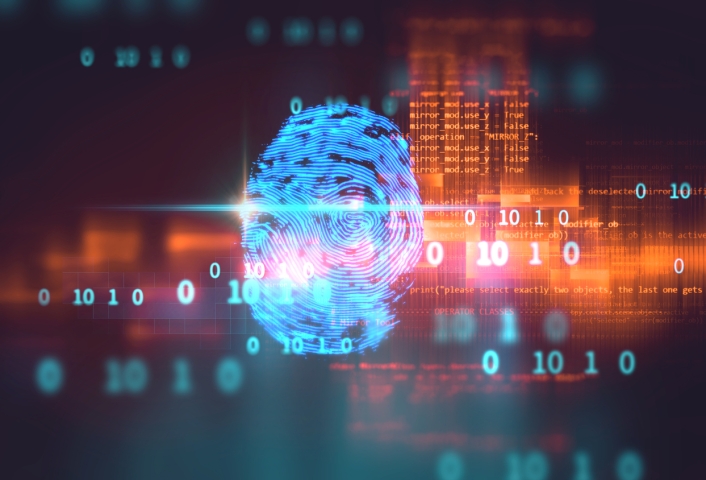Onderwerp
Malware & antivirus
Malicious software, also known as malware, are hostile programs that can be inserted onto a digital device, thereby causing harm to the device or act against the users' interests. These devices include computers, servers, clients, mobile devices, connected sensors and computer network devices. Antivirus, or antimalware, is a computer program that searches for the presence of specific files that include malware. An antivirus tries to isolate or remove the malware and consequently provides a notification of the attempt. Antiviruses can be host-based (directly installed on digital devices) or network-based (installed on gateway devices through which information is processed).
Malware can both be intentionally and unintentionally harmful to a digital device. Intentional-harmful malware is usually disguised or embedded in a file that appears to be harmless in order for the attacker to intentionally compromise a system. Unintentional-harmful malware is not intended to be harmful in the first place but can be harmful as a result of poor construction quality, insecure configuration and bad design (also labeled as 'software bug'). There are multiple types of malware, such as viruses, worms, ransomware, trojans, spyware, adware, rogue ware and scareware. Different malware types are used by hackers to perform cybersecurity attacks on various digital devices and steal information, disrupt operation or use devices for other criminal activities. Remedies against malware apart from antivirus include firewalls, access limitations, segmentation, air gapping and other technologies.
Related keywords: malware detection, containment, filtering, Search Engine Poisoning, Rootkits, mobile malware, web application attacks, injection attacks (code injection: SQL, XSS), exploits, exploit kit, zero-day threat























